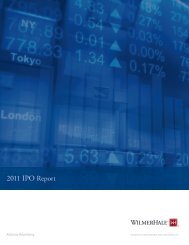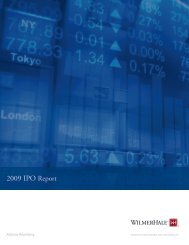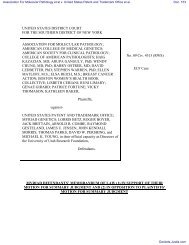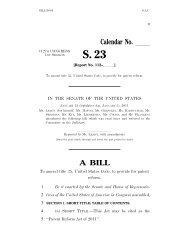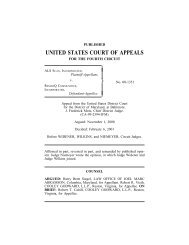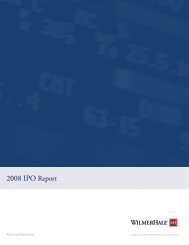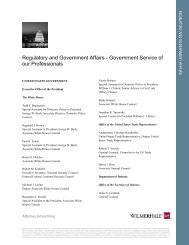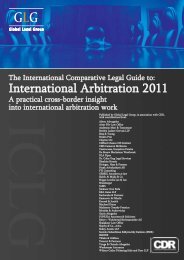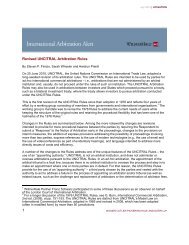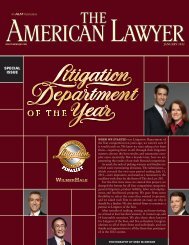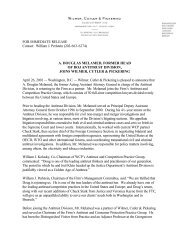Innogenetics, N.V. v. Abbott Laboratories - WilmerHale
Innogenetics, N.V. v. Abbott Laboratories - WilmerHale
Innogenetics, N.V. v. Abbott Laboratories - WilmerHale
Create successful ePaper yourself
Turn your PDF publications into a flip-book with our unique Google optimized e-Paper software.
On appeal, <strong>Abbott</strong> argues in a single sentence, without any explanation, that thedistrict court erred in concluding that Dr. Patterson did not offer any evidence of a“motivation to combine” the various prior art references that he opined rendered theclaims of the ’704 patent obvious. To be sure, Dr. Patterson suggested that one of skillin the art was motivated to find a method capable of genotyping because at least oneprior art reference had disclosed that “different genotypes of HCV respond differently tointerferon therapy.” The district court was nevertheless correct that knowledge of aproblem and motivation to solve it are entirely different from motivation to combineparticular references to reach the particular claimed method. <strong>Innogenetics</strong>, slip op. at14 (“A generalized motivation to develop a method is not the kind of motivation requiredby the patent laws.”). We cannot conclude that the district court abused its discretionwhen it precluded Dr. Patterson’s vague and conclusory obviousness testimony whichdid not offer any motivation for one skilled in the art to combine the particular referenceshe cites in order to practice the claimed method. 3<strong>Abbott</strong> also argues that there is no requirement that an expert opine onmotivation to combine references, and that motivation can be established by otherwitnesses or the prior art. <strong>Abbott</strong> is correct that an expert is not the only source for3We are mindful that in KSR, the Supreme Court made clear that a findingof teaching, suggestion, or motivation to combine is not a “rigid rule that limits theobviousness inquiry.” 127 S. Ct. at 1741. This, however, does not alter the districtcourt’s pre-KSR conclusion in this case or our affirmance thereof. There was acomplete absence of any proof that one skilled in the art would find the particularclaimed method obvious based upon Dr. Patterson’s list of prior art references or theknowledge generally available to those of ordinary skill in the art for any reason. Wemust still be careful not to allow hindsight reconstruction of references to reach theclaimed invention without any explanation as to how or why the references would becombined to produce the claimed invention. Although <strong>Abbott</strong> cites KSR, it does notargue on appeal that a different result would be reached in this case under KSR.2007-1145, -1161 13



